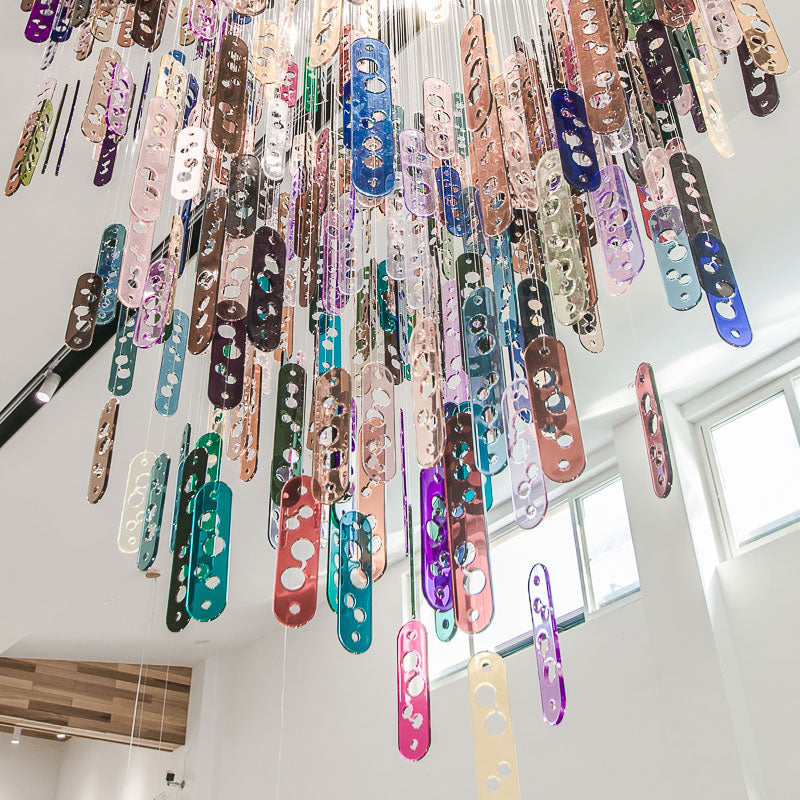What is Acetate? Cellulose acetate is a plant-based plastic that is hypoallergenic. This material was first used for eyewear in the late 1940’s because of brittleness and other problems with previously used plastics. Today’s acetates are known for being strong, lightweight, and flexible. Cellulose acetate also has the widest range for transparency, rich colors, and finishes. More complex colorations are able to be produced by layering several colors or transparencies in layers and sandwiching them together.
There are endless possibilities for these laminated acetates. Cellulose acetate is a non-petroleum based plastic that is made from natural cotton and wood fibers. While petroleum products can be more expensive and harmful to the environment, cellulose acetate is made from renewable materials. Cellulose Acetate for eyewear is made by forming layers of plastic into large blocks then carefully slicing individual parts, hand polishing and finally assembling them into a frame.
What is the difference between cellulose acetate frames and injection molded plastic frames?
Cellulose acetate is hypoallergenic, made from a renewable resource, lightweight, and very strong. It is made from cutting, forming and polishing sheets of plastic.
As the name implies, injection mold frames are made by injecting a more brittle petroleum based plastic that is liquified, then injected into an aluminum or stainless steel mold. Colors are added through a spray application then coated and tumbled for shine. Injection mold frames are generally less expensive but considered to be lower quality.
JOURNAL


Leave a comment